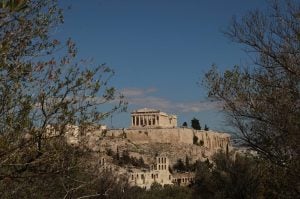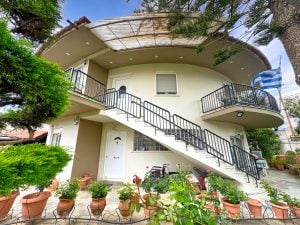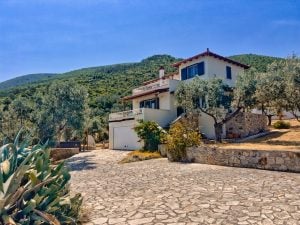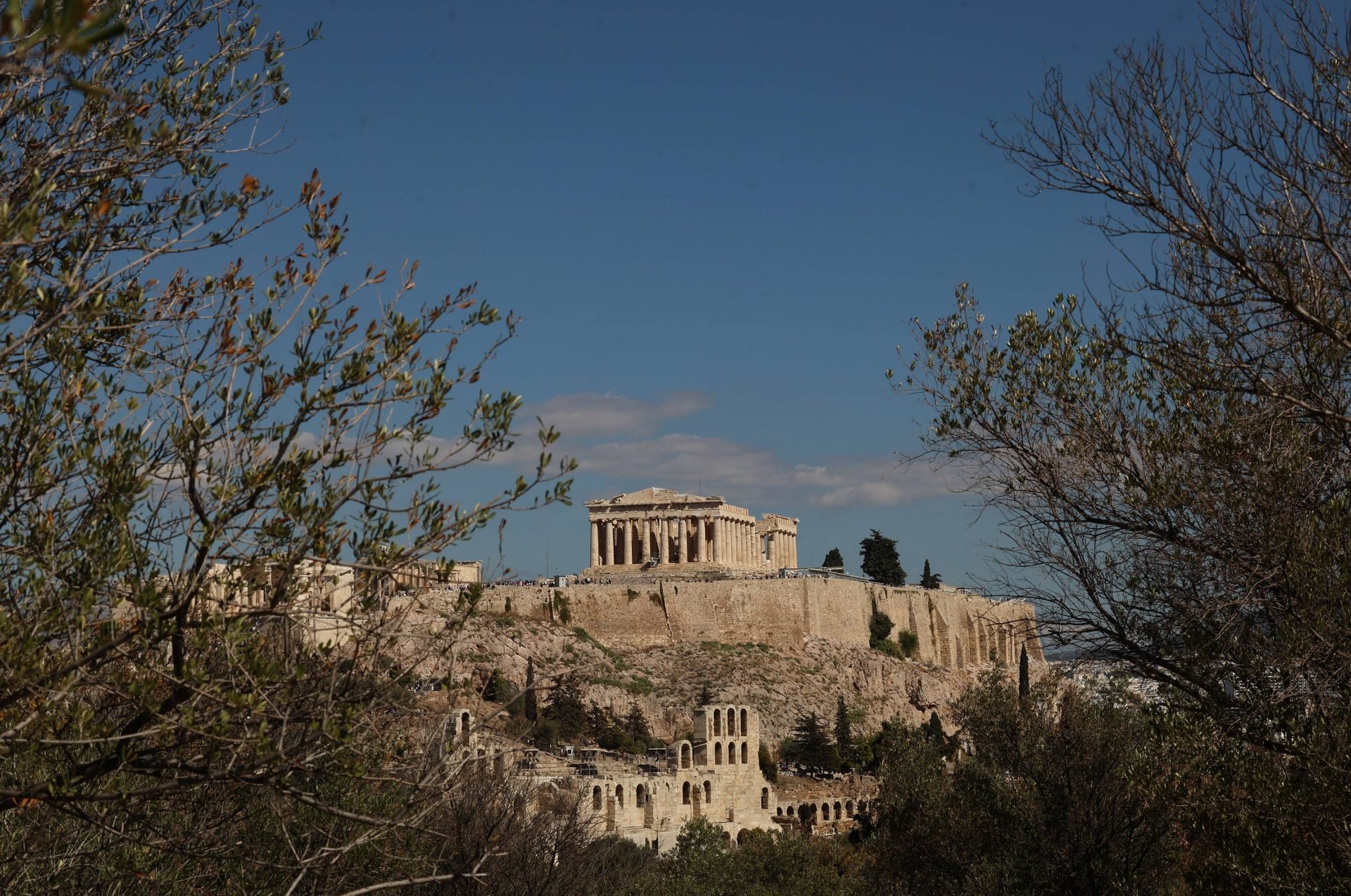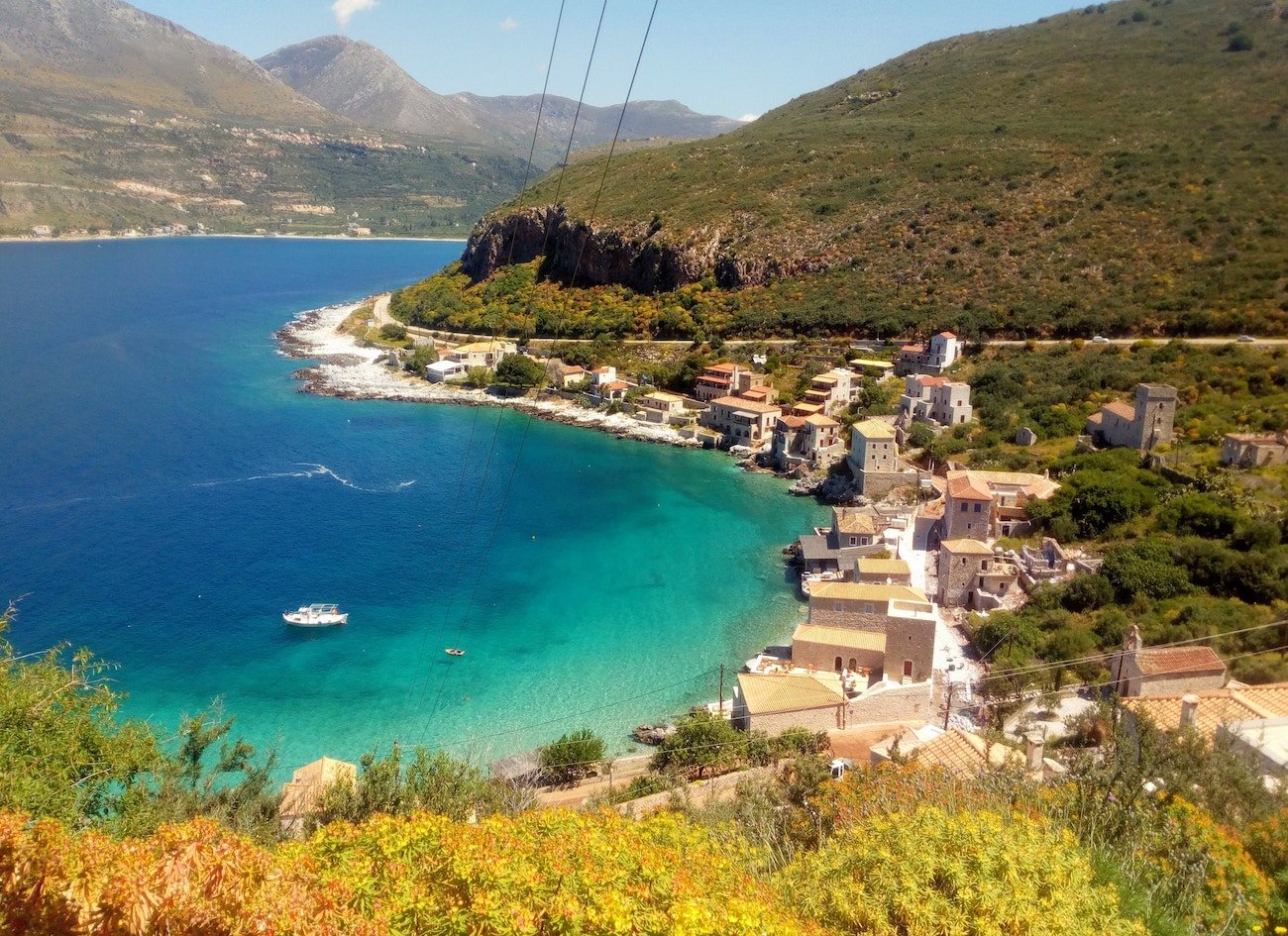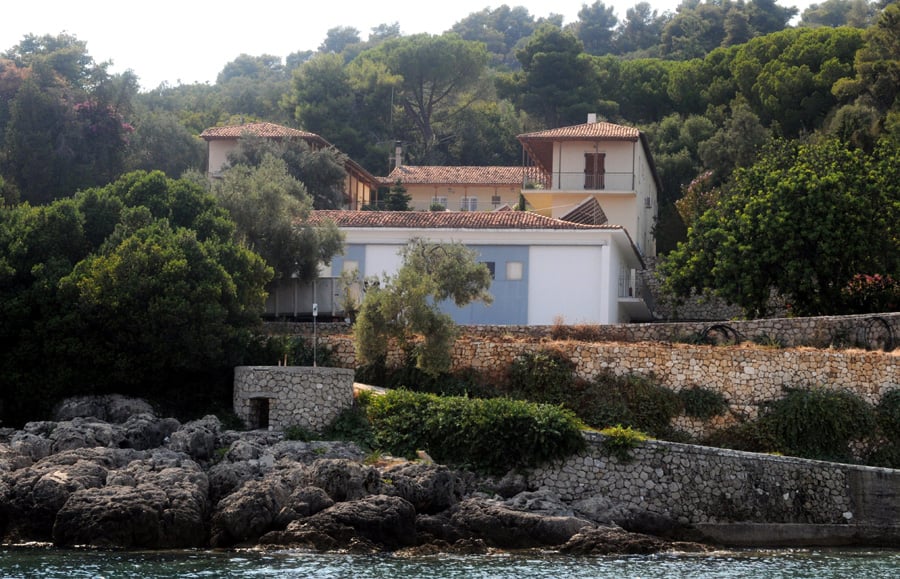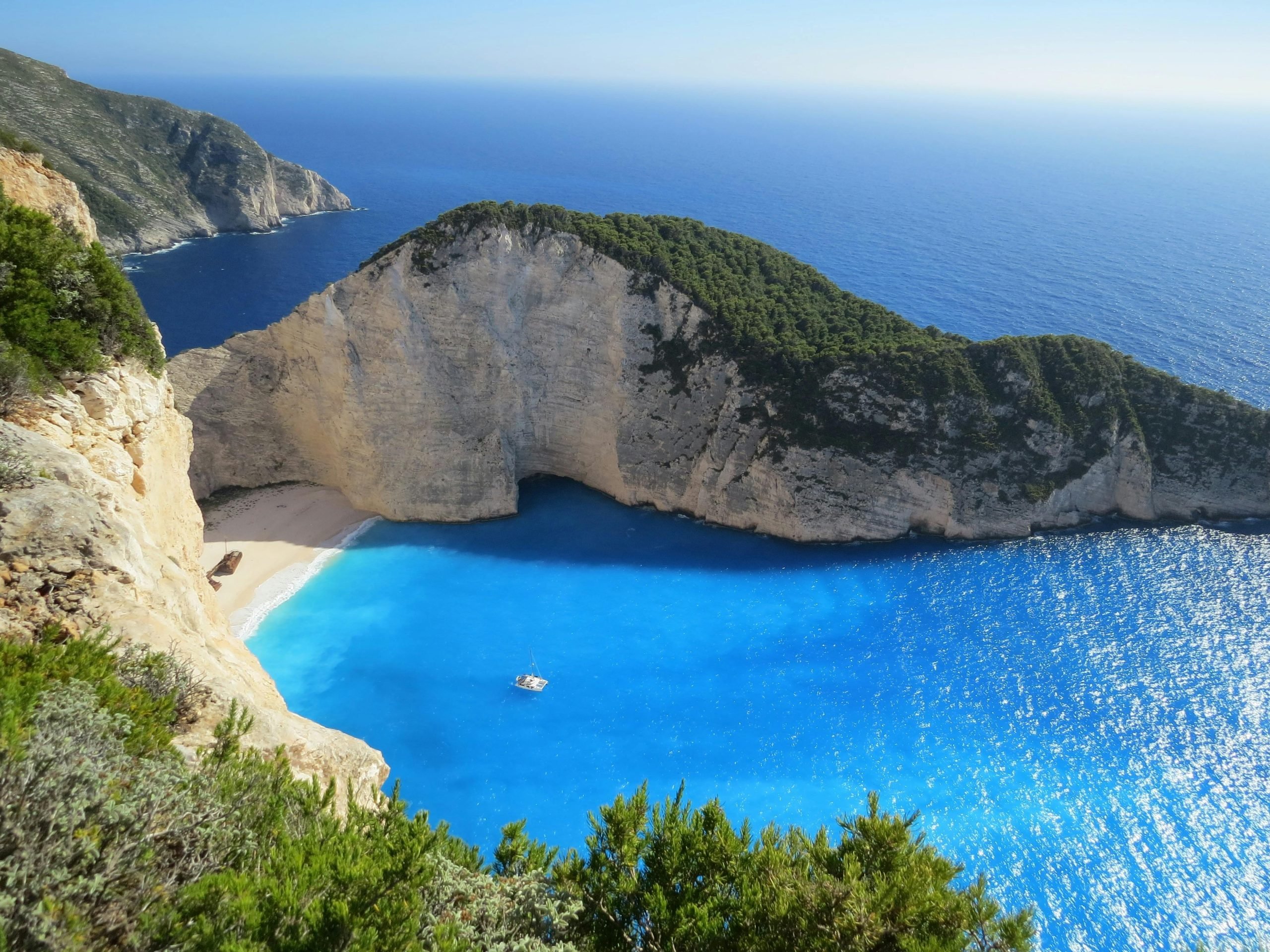Oui, La Canée est définitivement touristique, en particulier pendant les mois d'été, lorsque les visiteurs affluent vers son pittoresque port vénitien, ses superbes plages et sa vieille ville bien préservée. La Canée, l'une des destinations les plus populaires de Crète, attire chaque année des millions de touristes grâce à son architecture historique, ses restaurants animés et ses excellentes infrastructures touristiques. Cependant, l'affluence varie considérablement selon la saison, le lieu et l'heure de la journée, ce qui permet de vivre à la fois des expériences touristiques trépidantes et des moments authentiques plus calmes.
Qu'est-ce qui fait que La Canée est plus touristique que d'autres destinations grecques ?
La Canée se distingue par son caractère particulièrement touristique en raison de ses une infrastructure touristique exceptionnelle et des lieux photogéniques emblématiques qui attirent des foules massives. Le célèbre phare vénitien et la zone portuaire créent des effets de goulot d'étranglement où des milliers de visiteurs convergent chaque jour, en particulier à l'heure dorée pour la photographie.
Contrairement aux îles grecques plus éloignées, La Canée bénéficie d'une excellente accessibilité grâce à son aéroport international et à ses installations portuaires modernes. La vieille ville compte des dizaines de restaurants aux menus multilingues, des boutiques de souvenirs et des voyagistes s'adressant spécifiquement aux visiteurs internationaux. La promenade du front de mer bourdonne d'activité de tôt le matin à tard le soir, créant une atmosphère commerciale distincte.
Par rapport à des destinations comme Naxos ou Paros, la densité touristique de La Canée est nettement plus élevée. Les rues étroites et pavées de la vieille ville peuvent être encombrées par des groupes de touristes, tandis que les plages populaires, comme la lagune de Balos, doivent être planifiées à l'avance en raison du nombre limité de visiteurs. Cette concentration d'attractions dans un centre historique compact crée le sentiment classique de "tourisme" que certains visiteurs adorent et que d'autres préfèrent éviter.
Quand La Canée est-elle la plus fréquentée et comment éviter la foule ?
La Canée connaît des pics d'affluence à partir de de la mi-juillet à la fin aoûtLa zone portuaire est particulièrement encombrée entre 18 et 21 heures, lorsque tout le monde se rassemble pour manger et prendre des photos au coucher du soleil. L'arrivée des bateaux de croisière les mardis et jeudis ajoute généralement 3 000 à 5 000 visiteurs supplémentaires à la vieille ville.
Les saisons intermédiaires de mai-juin et de septembre-octobre offrent le meilleur équilibre entre un temps agréable et une foule raisonnable. Pendant ces périodes, les files d'attente dans les restaurants populaires sont moins longues, le stationnement est plus facile et les interactions avec les habitants sont plus authentiques. Les visites matinales (avant 9 heures) des principales attractions offrent l'expérience la plus paisible, même pendant la haute saison.
Pour éviter les foules, il est préférable d'explorer les attractions de La Canée les matins de la semaine plutôt que les après-midi du week-end. Le marché municipal fonctionne mieux en début de journée, lorsque les habitants font leurs achats, ce qui permet de vivre des expériences culturelles authentiques. Envisagez de séjourner dans les quartiers de Koum Kapi ou de Nea Chora plutôt que directement dans le quartier vénitien, très touristique, afin d'y accéder facilement tout en restant à l'écart de la circulation constante.
Où trouver des expériences locales authentiques dans la ville touristique de La Canée ?
L'authentique Chania existe au-delà des cartes postales du port, dans des quartiers tels que Koum Kapi et SplantziaLes quartiers résidentiels sont des lieux où les habitants vivent, travaillent et se rencontrent à l'écart des circuits touristiques. Dans ces quartiers résidentiels, on trouve des kafenions traditionnels, des tavernes familiales proposant des menus exclusivement grecs, et de petites boutiques au service de la communauté locale plutôt que des touristes.
Le marché municipal du matin offre une véritable immersion culturelle lorsque les habitants achètent des produits frais, des herbes et des produits traditionnels. Visitez les petites églises comme Agia Aikaterini pendant les offices du soir pour assister à des traditions religieuses authentiques. Le quartier de la plage de Nea Chora se transforme en centre social local les soirs de semaine, lorsque les familles se réunissent pour dîner et discuter en toute décontraction.
Recherchez des ateliers où des artisans créent des articles en cuir, des poteries ou des textiles traditionnels en utilisant des méthodes transmises de génération en génération. Ces artisans accueillent souvent des visiteurs désireux d'apprendre leurs techniques plutôt que d'acheter des souvenirs. Les promenades nocturnes dans les rues résidentielles révèlent une vie quotidienne authentique, avec des habitants qui s'occupent des jardins, jouent au backgammon et maintiennent des traditions séculaires dans leur quartier.
Comment le niveau de tourisme de La Canée influe-t-il sur les possibilités d'investissement immobilier ?
Le niveau élevé du tourisme à La Canée crée forte demande locative pour les locations de vacances à court terme et les hébergements à plus long terme, ce qui la rend attrayante pour les investisseurs immobiliers à la recherche d'un revenu locatif. L'afflux constant de visiteurs favorise des taux d'occupation élevés, en particulier pour les biens bien situés à proximité des principales attractions.
La valeur des biens immobiliers dans le centre de La Canée reflète la demande touristique, les propriétés de la vieille ville se négociant à des prix élevés en raison de leur proximité avec les restaurants, les magasins et les sites culturels. Toutefois, cette popularité se traduit également par une concurrence accrue entre les investisseurs et un contrôle réglementaire plus strict des locations de courte durée. Acheter une propriété en Grèce nécessite de comprendre à la fois les tendances du tourisme et les réglementations locales en matière d'aménagement du territoire susceptibles d'affecter les futures autorisations de location.
L'infrastructure touristique soutient la valeur des biens immobiliers grâce à la fiabilité des services publics, des liaisons de transport et des services que les acheteurs internationaux attendent. Toutefois, les investisseurs doivent tenir compte de la nature saisonnière de la demande de pointe et prévoir des mois d'hiver plus calmes, lorsque les revenus locatifs diminuent généralement. Les zones légèrement éloignées des principales zones touristiques offrent souvent un meilleur rapport qualité-prix tout en bénéficiant de l'attrait général et de l'accessibilité de La Canée.
Quels sont les avantages et les inconvénients de la Canée en tant que destination touristique populaire ?
Les avantages de la popularité touristique de La Canée sont les suivants excellente infrastructureL'économie touristique soutient la création d'emplois, les efforts de préservation culturelle et l'entretien des bâtiments historiques qui pourraient autrement se détériorer. L'économie du tourisme soutient la création d'emplois, les efforts de préservation culturelle et l'entretien des bâtiments historiques qui pourraient autrement se détériorer.
Les recettes du tourisme financent d'importantes améliorations des infrastructures, telles que l'entretien des routes, les systèmes de gestion des déchets et les équipements publics, qui profitent à tous. L'atmosphère internationale crée une diversité culturelle, les habitants parlant souvent plusieurs langues et les entreprises s'adaptant aux normes mondiales. Les installations médicales, les liaisons de transport et les services d'urgence se maintiennent à un niveau élevé, en partie grâce à la demande touristique.
Cependant, les inconvénients sont la surpopulation saisonnière qui met à rude épreuve les ressources locales, les embouteillages pendant les mois de pointe et l'augmentation du coût de la vie qui peut entraîner l'exclusion des familles locales. Les entreprises traditionnelles ont parfois du mal à rivaliser avec les établissements à vocation touristique, ce qui risque d'éroder l'authenticité du caractère local. Le flux constant de visiteurs peut être source de bruit, de problèmes de stationnement et d'usure des infrastructures historiques, dont l'entretien nécessite des investissements permanents.
Que vous envisagiez de visiter la Canée ou d'investir dans son marché immobilier, la compréhension de cette dynamique touristique vous aidera à prendre des décisions éclairées. La popularité de la destination apporte à la fois des opportunités et des défis qui continuent d'évoluer avec les changements des habitudes de voyage. Pour obtenir des conseils personnalisés sur la façon de naviguer sur le marché immobilier de La Canée ou sur les exigences légales, nous vous invitons à contact notre équipe expérimentée qui connaît parfaitement le marché local.

